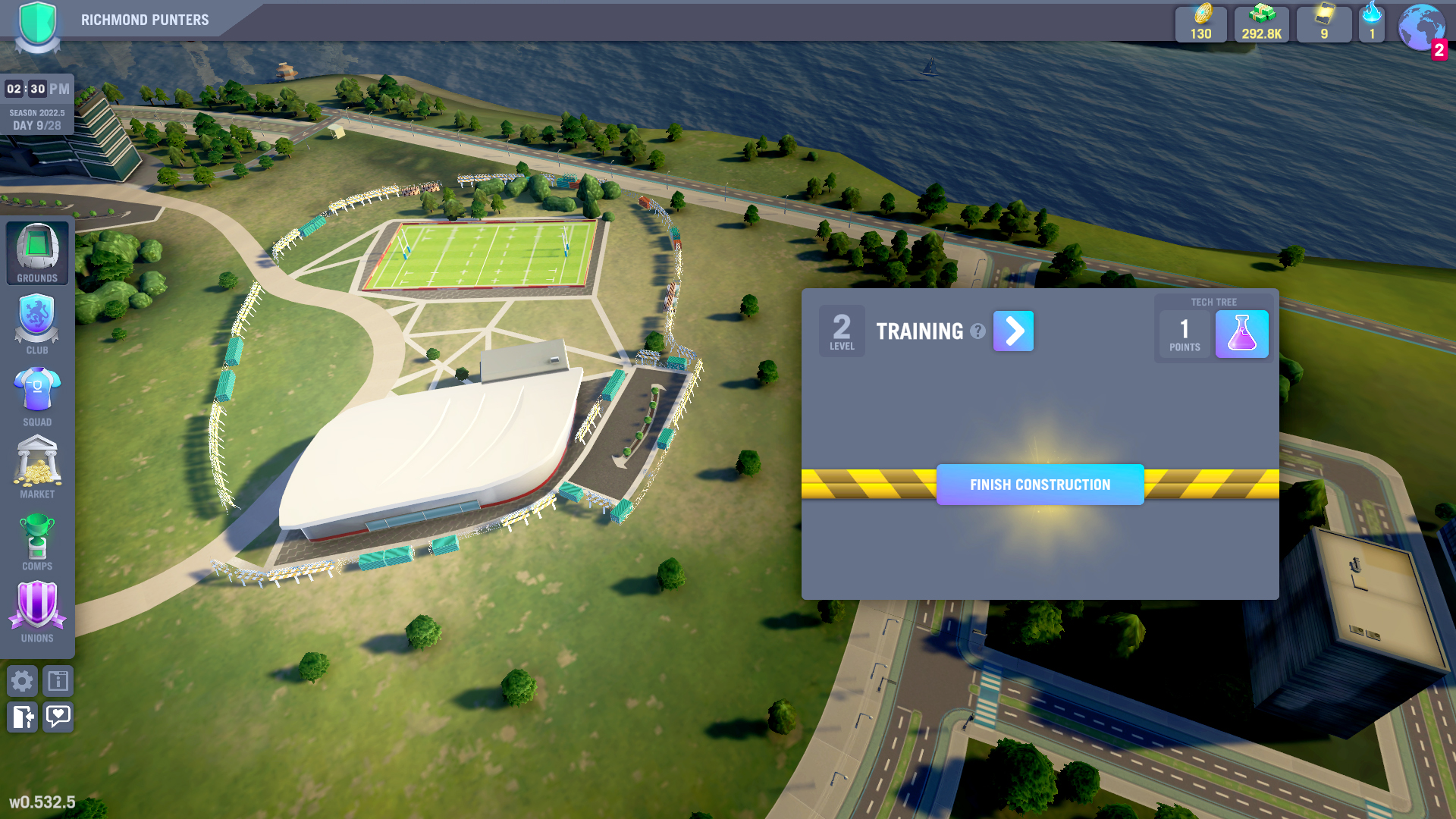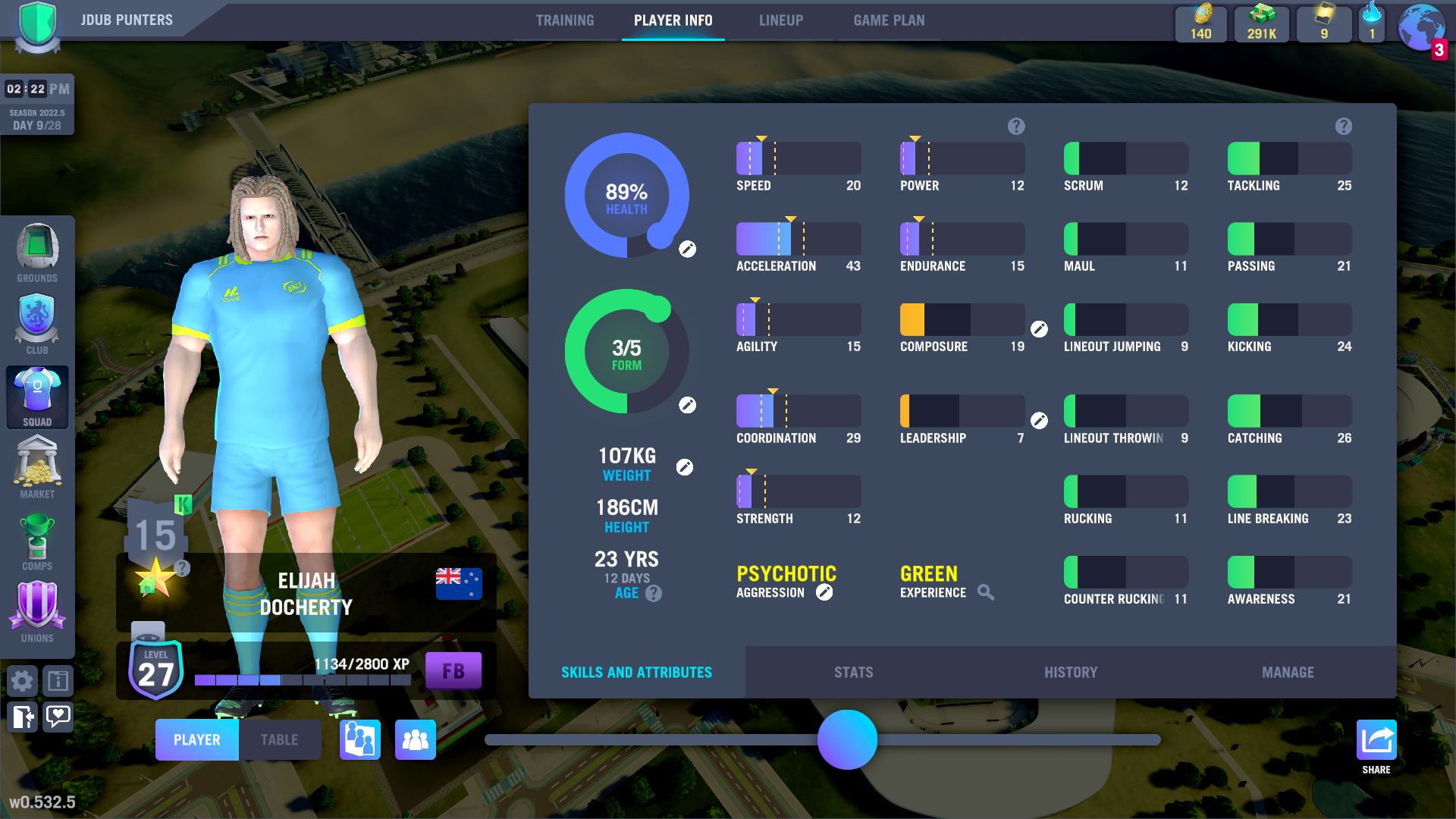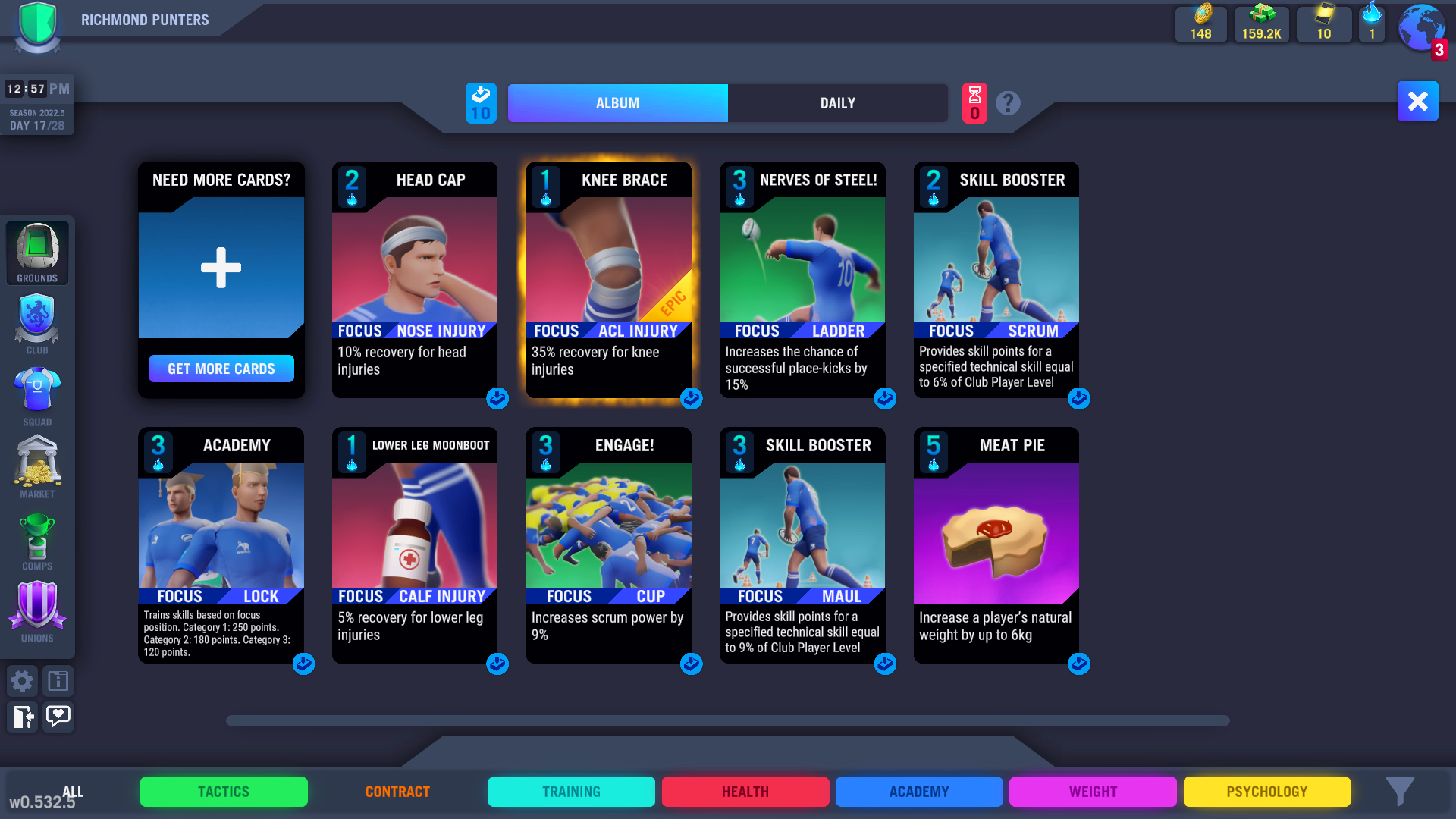- Wondering how to get Monopoly GO! free rolls? Well, you’ve come to the right place. In this guide, we provide you with a bunch of tips and tricks to get some free rolls for the hit new mobile game. We’ll …
Best Roblox Horror Games to Play Right Now – Updated Weekly
By Adele Wilson
Our Best Roblox Horror Games guide features the scariest and most creative experiences to play right now on the platform!The BEST Roblox Games of The Week – Games You Need To Play!
By Sho Roberts
Our feature shares our pick for the Best Roblox Games of the week! With our feature, we guarantee you'll find something new to play!All Grades in Type Soul – Each Race Explained
By Adele Wilson
Our All Grades in Type Soul guide lists every grade in the game for all races, including how to increase your grade quickly!
Blackout Rugby Beginners’ Guide – How to Tackle Buildings, Players, and Cards
Blackout Games describes Blackout Rugby as “the most in-depth rugby team management sim ever made”. And it’s not wrong. That means there’s a limit to the amount we can tell you in this brief beginner’s guide. We’ve chosen to focus …

Blackout Games describes Blackout Rugby as “the most in-depth rugby team management sim ever made”. And it’s not wrong.
That means there’s a limit to the amount we can tell you in this brief beginner’s guide. We’ve chosen to focus on four key areas: Buildings, Cards, and Players.
That leaves out a ton of stuff, including club finances, sponsors, weather, the academy, and the thorny issue of player contracts. To learn more on those subjects and more you can visit the Blackout Rugby wiki – or simply play and learn by doing.
But this quick overview of some of Blackout Rugby’s key features will give you a solid grounding, and prepare you for the long rugby management career that lies ahead.
Buildings

Your club in Blackout Rugby is made up of several buildings, including Academy, Medical, Stadium, Club Office, Amenities, Broadcast, Psychology, and Training.
You can upgrade all of these buildings to enhance their contribution to your club. For example, upgrading the Stadium and its stands lets you increase capacity, and by extension revenue.
Upgrading a building costs Club Cash and takes time, though you can expedite the process by spending Tokens.
Once an upgrade is complete you get a duffel bag containing a reward, such as some Club Cash, some Tokens, a free Card, or whatever.
But more importantly, you’ll get Tech Points to spend on upgrading branches of that building’s Tech Tree. Each building has its own Tech Tree, allowing you to choose how to develop your club over time.
For instance, upgrading the Club Office lets you increase profitability, while upgrading the Broadcast Building lets you increase the amount you earn by watching video ads.
It’s worth bearing in mind that you’ll never receive enough Tech Points to max out every branch in a building’s Tech Tree, so your choices really do matter.
Players

Each Player in Blackout Rugby has their own unique array of attributes, including height, weight, age, speed, agility, endurance, power, best position, and so on. They even have a BMI, calculated using their height and weight.
A player’s BMI affects all of their other attributes. If they’re over the average of 29 they enjoy increased strength and power, but suffer decreased acceleration, agility, speed, and endurance.
Going below 29 basically inverts this effect.
The effect of age, as in life, is the possibility of an increase in base level up to the age of 28, and then a guaranteed decline from the age of 33, increasing steadily from 35 until they become totally useless. Sigh.
You can increase physical attributes through training by using training slots. The more slots there are available, the faster you can add points, and each time you pass 100 that attribute goes up a level.
As well as physical attributes each player has mental attributes, including aggression, composure, and leadership, affecting how well they’ll perform during a match.
You can’t train these attributes up. Aggression increases when you use an aggression card, composure improves through playing competitive matches and through composure cards, and leadership improves through playing as captain, and through leadership cards.
Naturally, each player also has a position. There’s prop, hooker, lock, flanker, center, fly half, wing, full-back, scrum half, and number 8.
Blackout Rugby will automatically calculate a player’s level for each position group based on their attributes and the requirements of the position, and then place them in that position group. You can override this, however, if you think you know better.
Cards

Blackout Rugby uses a card system, with two main types of card on offer.
There are Collectible cards, which remain in your club’s card album until you play them, and Daily cards, which vanish from your inventory at the end of every day.
These belong to seven different categories: Contract, Training, Tactics, Academy, Psychology, Weight, and Health.
You play cards into card slots, with Health cards going into Health slots, Training cards into Training slots, and so on. You also get a synergy bonus for playing a card into a matching slot.
For instance, if you play a League match tactic card into a League slot the effect will be magnified, whereas if you play a Cup card in a League slot it won’t.
Synergy bonuses vary. A Health synergy bonus increases the impact of the card by 1.5, for example, while a Training synergy bonus gives you +10% CPL.
Cards have a huge variety of different effects, and the intensity of those effects is determined by the energy level of the card.
This energy level also dictates the amount of energy you need to spend to play the card. You only get a certain amount of energy to play with each day, so you need to pick your cards wisely.
And how do you increase the amount of energy in your pool? Simple. The more you upgrade your buildings, the more energy they’ll produce, and the more cards you’ll be able to play.
That about wraps it up for us. You’ve got a long way to go, but by now you should have a good idea how to manage your club and your players, and how to navigate the all-important card system.
Good luck out there! Try these tips for yourself by downloading Blackout Rugby on the App Store, the Google Play Store, or Steam.
More articles...
Monopoly GO! Free Rolls – Links For Free Dice
By Glen Fox
Wondering how to get Monopoly GO! free rolls? Well, you’ve come to the right place. In this guide, we provide you with a bunch of tips and tricks to get some free rolls for the hit new mobile game. We’ll …Best Roblox Horror Games to Play Right Now – Updated Weekly
By Adele Wilson
Our Best Roblox Horror Games guide features the scariest and most creative experiences to play right now on the platform!The BEST Roblox Games of The Week – Games You Need To Play!
By Sho Roberts
Our feature shares our pick for the Best Roblox Games of the week! With our feature, we guarantee you'll find something new to play!All Grades in Type Soul – Each Race Explained
By Adele Wilson
Our All Grades in Type Soul guide lists every grade in the game for all races, including how to increase your grade quickly!







